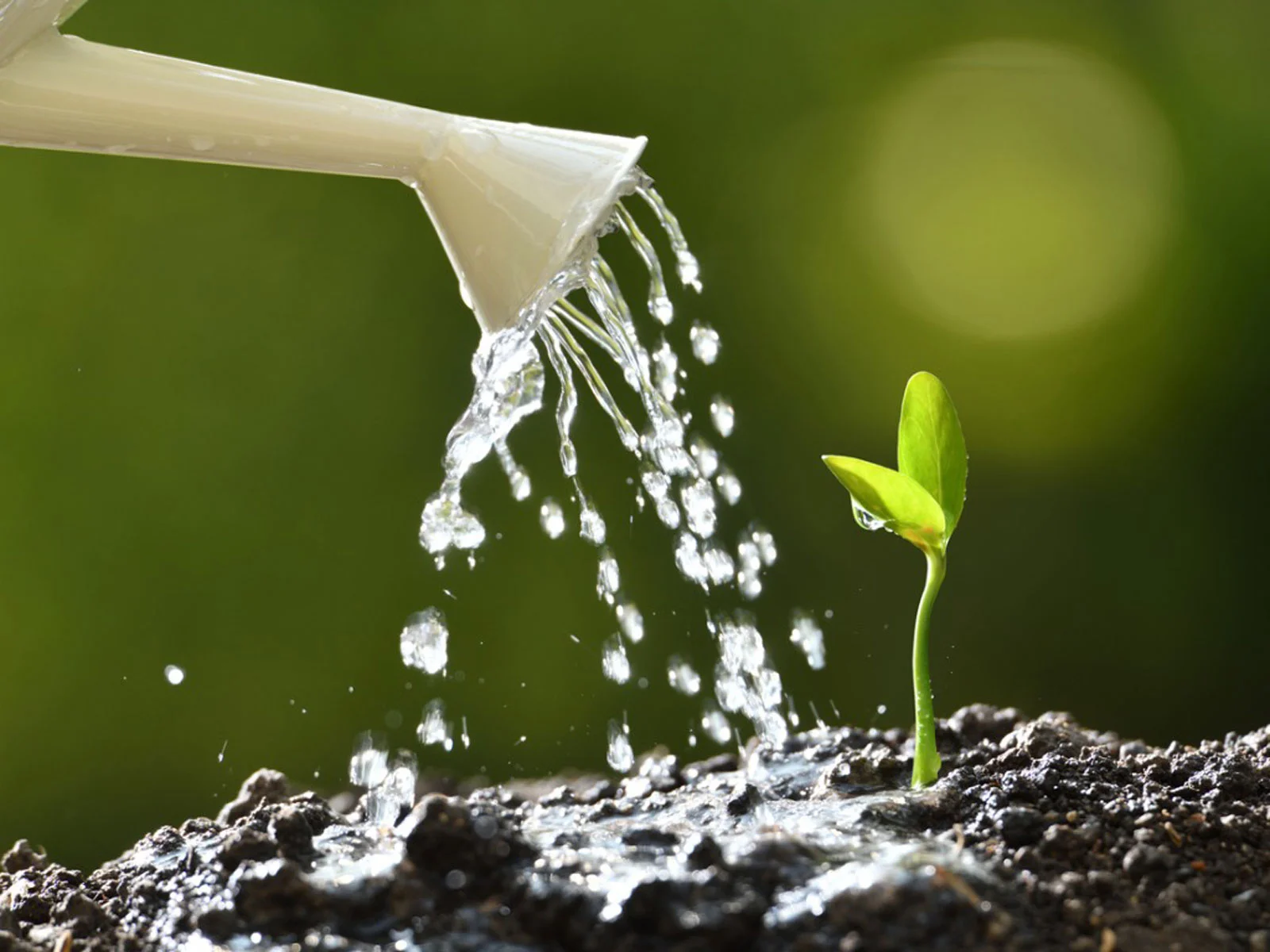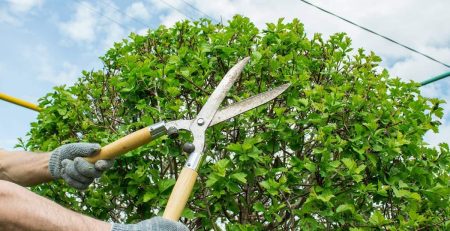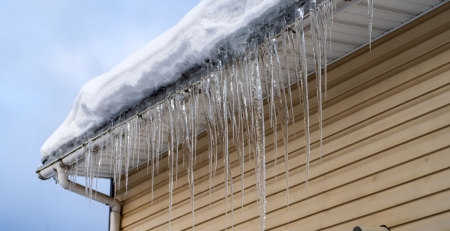Understanding the Impact of Drought on Tree Health: Tips for Effective Watering
Drought can have a severe impact on the health and vitality of trees. As periods of dry weather become more common, understanding the effects of drought on trees and implementing effective watering techniques becomes crucial. In this article, we will delve into the impact of drought on tree health and provide valuable tips for watering your trees to ensure their survival and resilience during dry conditions.
- Recognizing the Signs of Drought Stress: It’s essential to be able to identify the signs of drought stress in trees. These may include wilting or curling leaves, leaf scorch or browning, early leaf drop, and sparse canopy growth. Additionally, the presence of cracks in the soil around the tree’s base and a lack of new shoot growth can indicate drought stress.
- Understanding the Impact of Drought on Trees: During periods of drought, trees struggle to absorb an adequate amount of water to support their metabolic functions. As a result, their growth is stunted, and their defenses against pests and diseases weaken. Drought stress can lead to permanent damage, reduced vitality, and even death if not addressed promptly.
- Watering Techniques for Tree Health: Proper watering techniques play a critical role in mitigating the impact of drought on trees. Here are some tips for effective watering:
- Deep Watering: Provide a slow and deep watering to ensure the water reaches the tree’s root zone. A thorough soaking encourages deep root growth, making the tree more resilient to drought conditions. Use drip irrigation, soaker hoses, or low-pressure sprinklers to deliver water directly to the root zone.
- Watering Frequency: Water trees deeply but infrequently. It is better to water deeply once or twice a week rather than applying small amounts of water daily. This encourages the roots to grow deeper into the soil in search of moisture.
- Timing: Water trees early in the morning or late in the evening to minimize water loss through evaporation. Avoid watering during the hottest part of the day when evaporation rates are high.
- Mulching: Apply a layer of organic mulch around the base of the tree, leaving a gap around the trunk. Mulch helps retain soil moisture, regulates soil temperature, and reduces weed competition. It also acts as a protective layer, preventing soil erosion and conserving water.
- Monitor Soil Moisture: Regularly check the soil moisture level around your trees. Use a soil moisture meter or dig a small hole about 6 inches deep to assess the moisture content. Adjust your watering schedule accordingly, ensuring the soil remains adequately moist but not waterlogged.
- Consideration for Mature Trees: Mature trees have well-established root systems that can access water from deeper in the soil. During drought, prioritize watering younger or newly planted trees as they are more vulnerable. Mature trees may require supplemental watering during prolonged droughts or when experiencing signs of stress.
- Conservation and Water Efficiency: Conserve water and maximize its effectiveness by implementing water-efficient practices. Capture and utilize rainwater through rain barrels or redirecting downspouts. Consider using greywater from household sources (where allowed) for tree watering. Also, ensure your irrigation system is properly maintained to minimize water waste.
Understanding the impact of drought on tree health is essential for maintaining the well-being and resilience of your trees. By implementing effective watering techniques such as deep watering, proper timing, mulching, and monitoring soil moisture, you can mitigate the detrimental effects of drought and promote the survival and vitality of your trees. Remember, water conservation and efficient watering practices are key to sustaining the health and longevity of trees, especially during periods of dry weather. Take proactive measures to support your trees, ensuring they thrive and contribute to the beauty and environmental benefits of your landscape.











